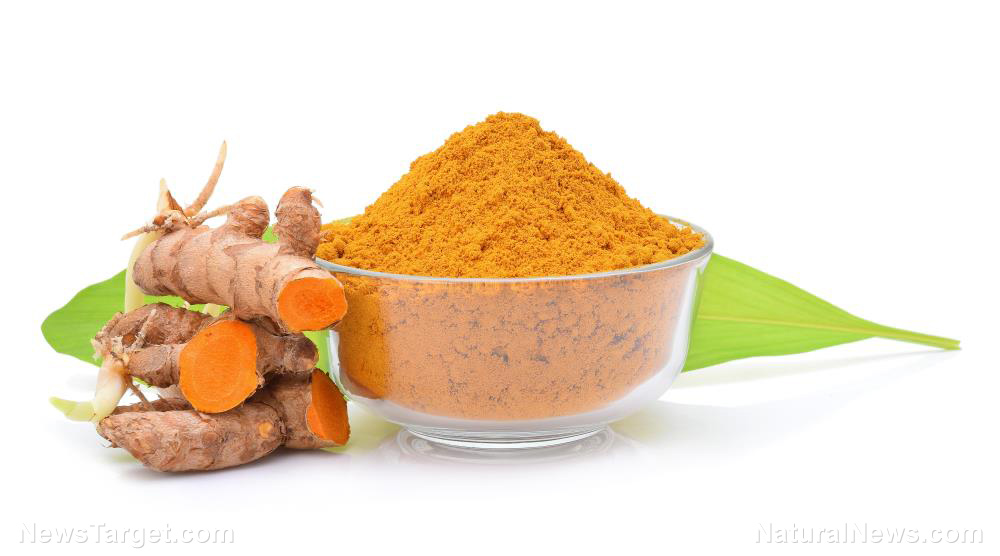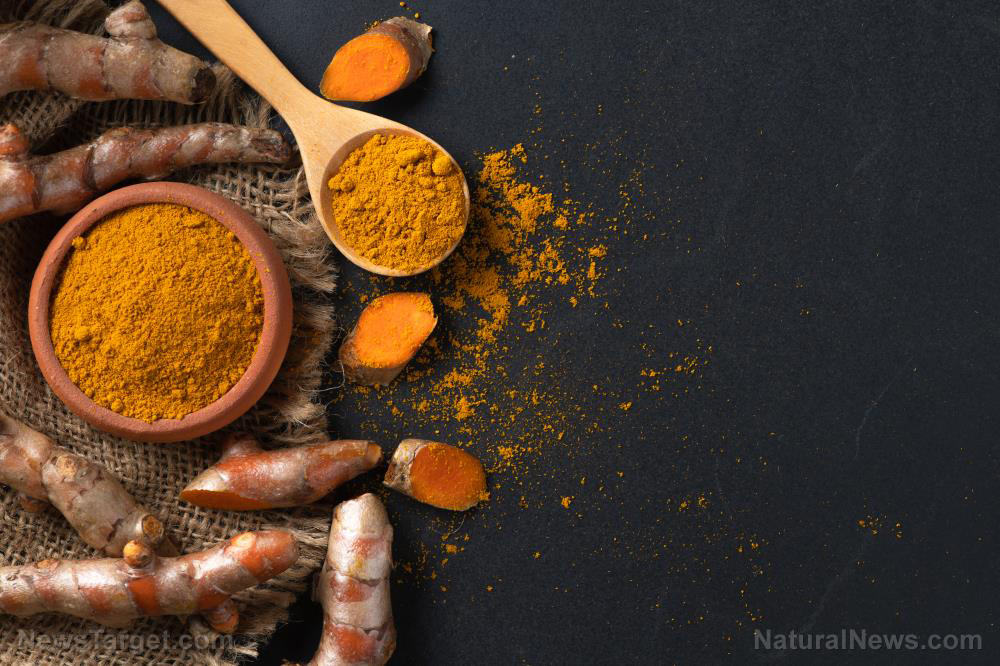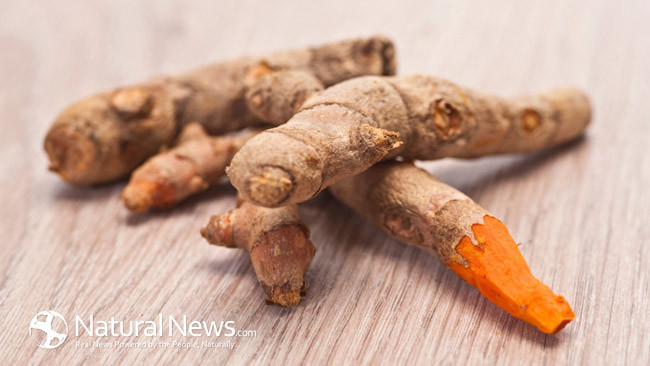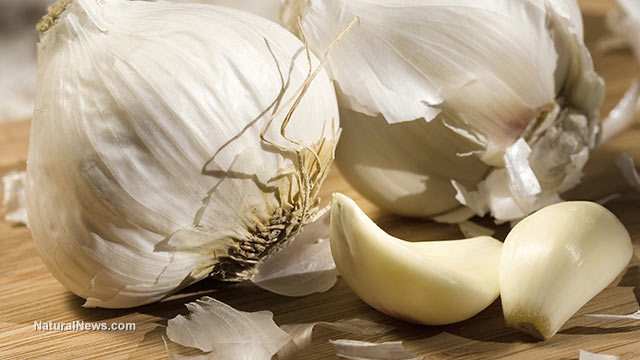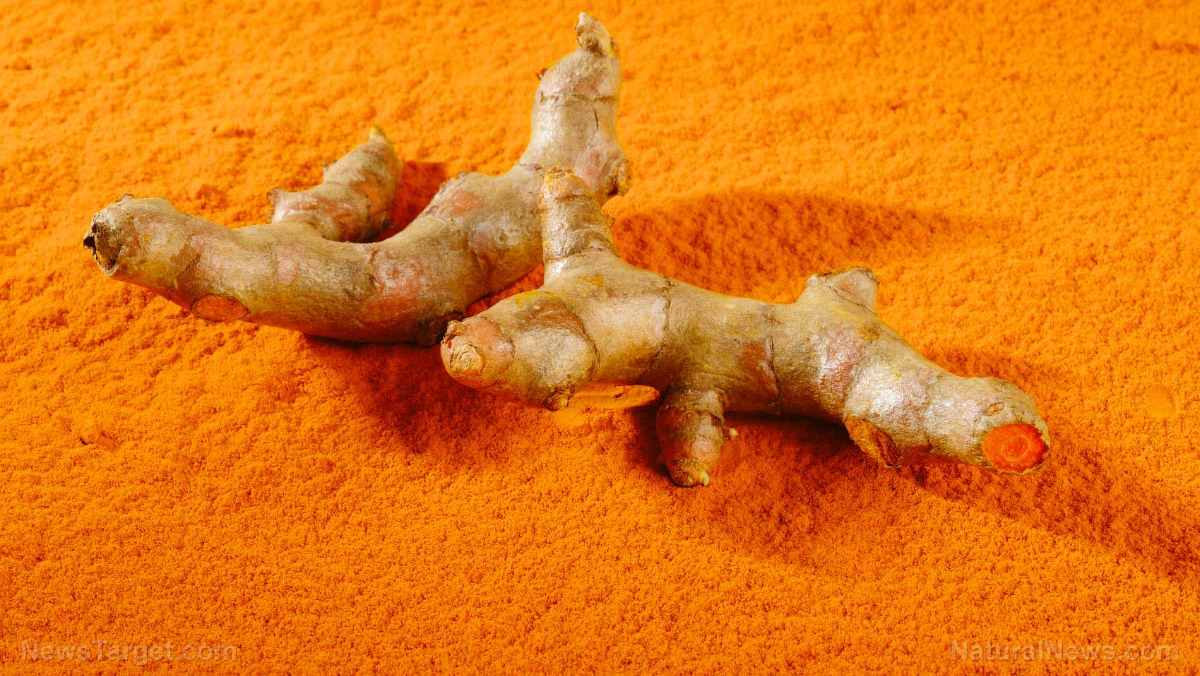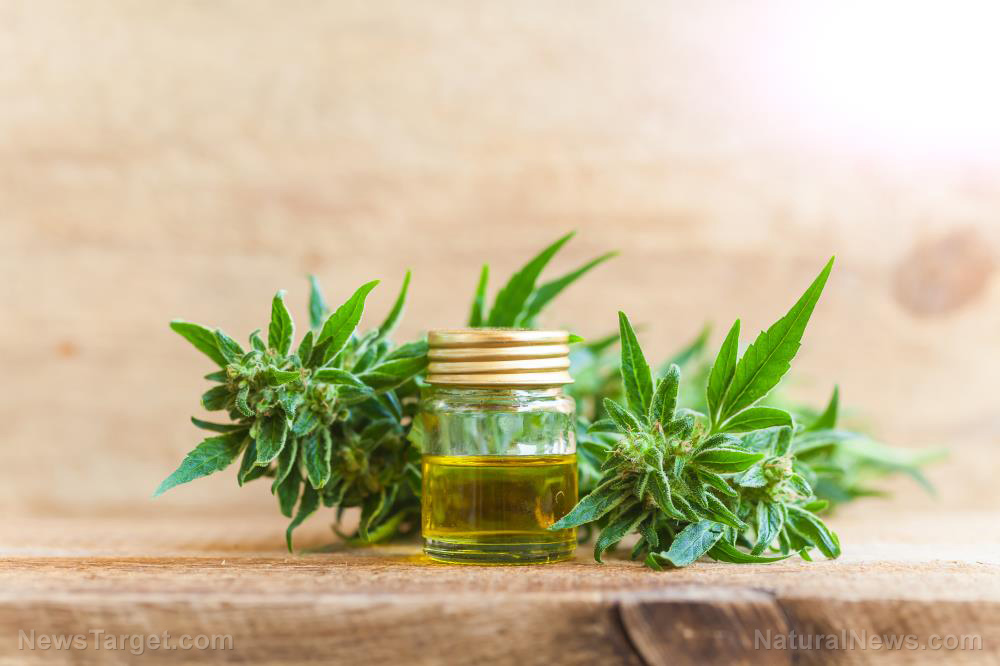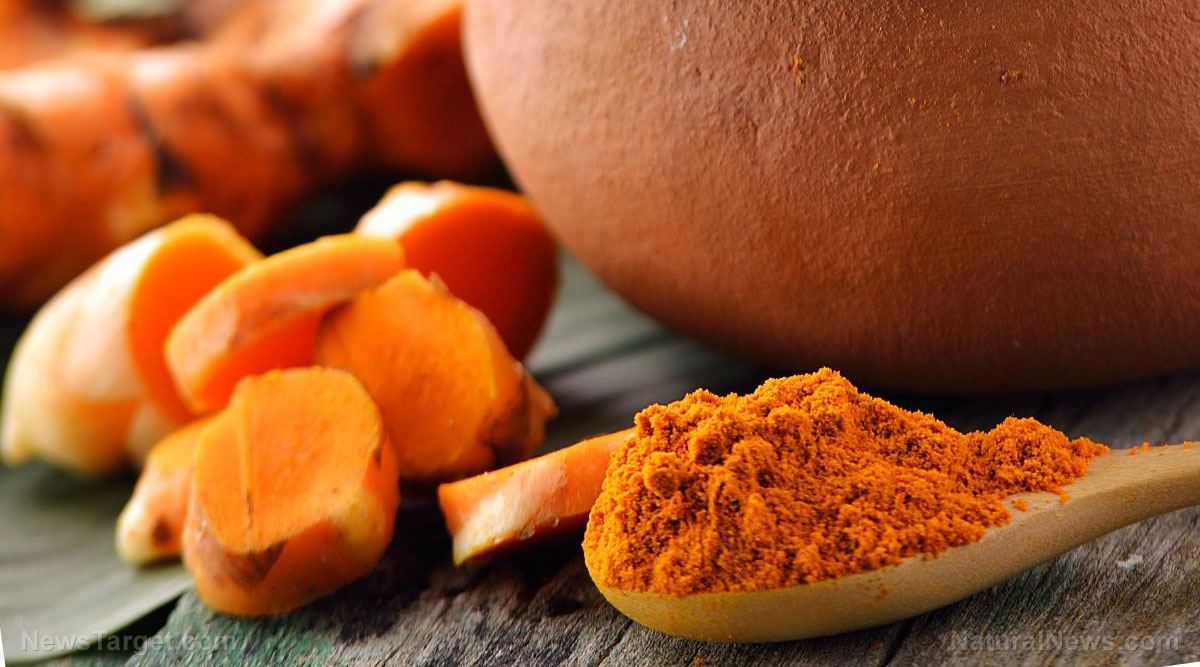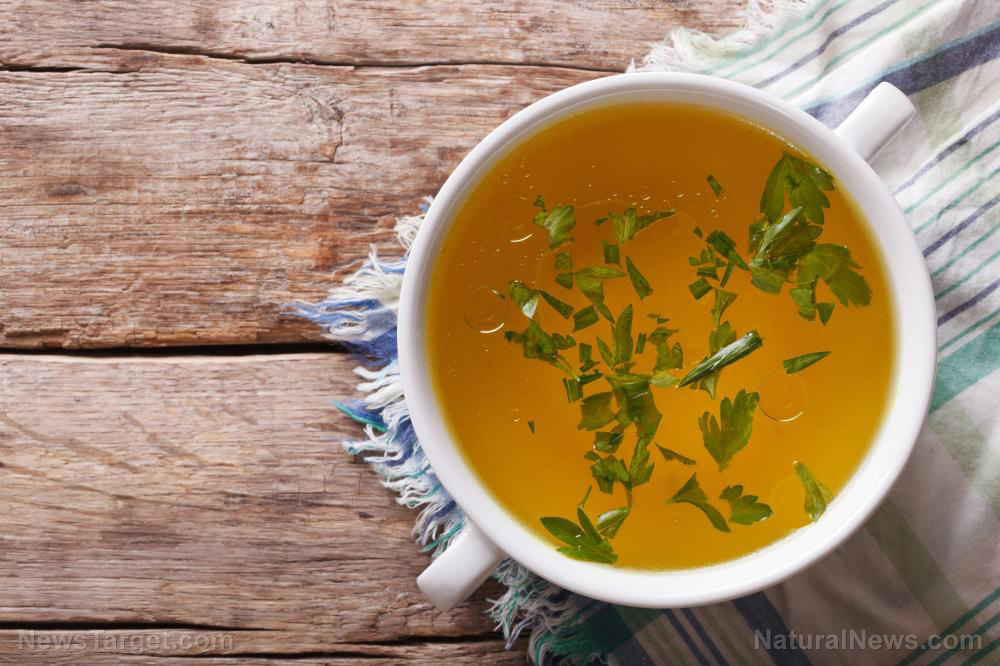Curcumin and green tea are both healthy – what happens when you combine them?
02/23/2020 / By Divina Ramirez

Millions of people worldwide still rely on traditional practices, beliefs and treatments. In China and India alone – two of the largest countries in Asia – traditional medicine continues to be widely used. Green tea and turmeric are two of the most popular functional foods used in traditional medicine. While the compound epigallocatechin-3-gallate (EGCG) in green tea helps regulate blood sugar levels, the curcumin in turmeric helps relieve conditions like arthritis and Alzheimer’s.
But a recent study published in BMC Complementary Medicine and Therapies showed that, when combined, the compounds in turmeric and green tea can reduce cholesterol levels in mice fed a high-fat diet. The researchers believe that curcumin increases the bioavailability of EGCG, allowing it to exert its anti-hyperlipidemia effects.
The goodness of green tea and turmeric
Green tea has been around for centuries. It appears in history not only as an immensely popular drink, but also as an important component of Chinese medicine. Some health benefits associated with green tea include improved brain health, metabolism, physical performance and cell regeneration.
Numerous studies on EGCG, the most abundant catechin in green tea, have reported its ability to prevent hyperlipidemia, a condition marked by high cholesterol, high blood pressure and chest pain. Researchers from the University of Chicago even showed that EGCG helps inhibit the growth of cancer cells.
But despite its health benefits, scientists agree that the main problem with using EGCG, especially for treating hyperlipidemia, is its low bioavailability. Bioavailability refers to the percentage of a nutrient that is successfully absorbed by the body.
Fortunately, researchers from India have found a way to solve this problem. In their study, they showed that the absorption of EGCG can be enhanced by another potent plant compound: curcumin.
Turmeric in Asian medicine
Turmeric is one of the most widely consumed spices in India today. It is used in many popular Indian and Middle Eastern dishes. This flavorful spice is also a popular ingredient in traditional Asian medicine – and rightly so. Today, people in Sri Lanka, China and Indonesia still use turmeric because it can fight inflammation and treat ailments like arthritis, heart disease and diabetes.
Research suggests that the active compounds in turmeric can do wonders for the body. For instance, curcumin, the main active ingredient in turmeric, is known for its anti-inflammatory and antioxidant properties.
However, like EGCG, curcumin suffers from poor bioavailability. Dana Angelo White, a registered dietitian at Quinnipiac University in Connecticut, says that even “having it in curry once a month is unlikely to give you the desired anti-inflammatory and antioxidant benefits.”
The effect of curcumin on EGCG
In a recent study, Indian researchers attempted to increase the bioavailability of EGCG by combining it with curcumin. They hypothesized that by using curcumin, the body could better absorb EGCG and benefit from its anti-hyperlipidemia properties.
To test this hypothesis, the team conducted experiments on mice fed a high-fat diet. They then divided the mice into three groups and gave them the following: liquid atorvastatin, a cholesterol-lowering medication, for group A; a green tea extract solution for group B, and a green tea extract solution with curcumin for group C.
The researchers found that group C experienced the greatest reduction in blood cholesterol levels. They also reported that curcumin helped enhance the bioavailability of EGCG, allowing it to exert its cholesterol-lowering effects. Hence, the researchers suggest the use of herbal tea bags containing EGCG and curcumin as a nutraceutical for patients with hyperlipidemia.
Green tea and turmeric are not the only functional foods that can boost your heart health. Learn more about them at FoodIsMedicine.news.
Sources include:
BMCComplementMedTherapies.BioMedCentral.com
Submit a correction >>
Tagged Under:
alternative medicine, curcumin, Cures, disease treatments, EGCG, food cures, food is medicine, functional food, Green tea, green tea benefits, heart health, Herbs, natural cures, natural medicine, phytonutrients, plant medicine, prevention, remedies, turmeric
This article may contain statements that reflect the opinion of the author
RECENT NEWS & ARTICLES
COPYRIGHT © 2017 TURMERIC NEWS

